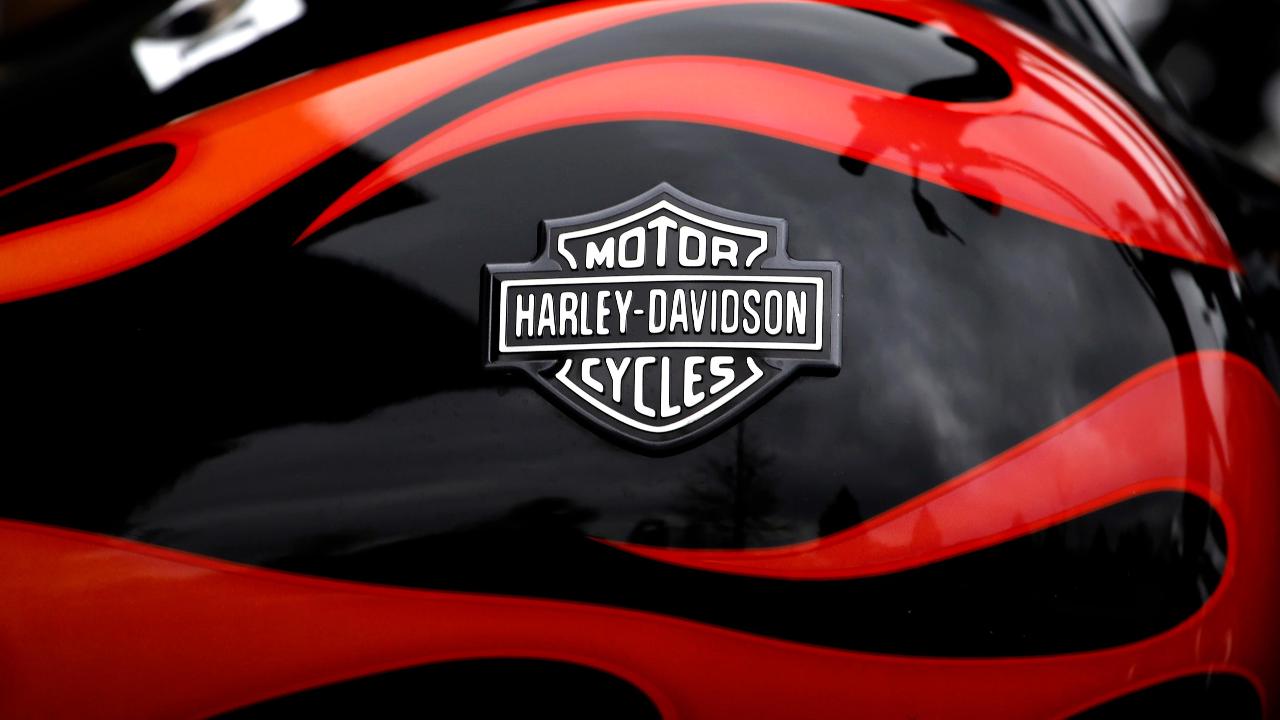Harley-Davidson sees tough road ahead as US sales sputter
Harley-Davidson said Tuesday its U.S. sales fell in the third quarter, and the iconic motorcycle builder is bracing for continued weakness as it embarks on a new plan to attract riders.
The Milwaukee-based company reported domestic retail sales of 36,220 bikes during the latest three-month period, a 13.3 percent decline compared to the same quarter a year ago. Sales are now down 10.2 percent year to date.
Harley-Davidson beat Wall Street’s forecast for total revenue and earnings, helped by a 2.6 percent gain in international retail sales and increased shipments of pricier touring models.
Harley-Davidson earned $113.9 million, or 68 cents a share, up from $68.2 million, or 40 cents a share. On an adjusted basis, earnings came in at 78 cents a share. Revenue rose 16.8 percent to $1.12 billion. Wall Street analysts estimated earnings of 53 cents per share on revenue of $1.07 billion.
Executives cautioned that it will take time for Harley-Davidson to reap the benefits of a growth plan that includes an aggressive rollout of new motorcycles. The company is on pace to record its fourth consecutive year of weaker domestic sales, and Chief Financial Officer John Olin told analysts that the U.S. motorcycle industry will remain challenging into 2019.
“It’s not a quick fix,” CEO Matt Levatich said during the company’s earnings call. “We have a tough couple of years to get through until some of these products start to become tailwinds for the company.”
Levatich later added that Harley and its dealers need to “raise our game” to appeal to urban riders.
Under its “More Roads to Harley-Davidson” plan announced in July, the brand aims to launch 16 new models by 2022 in an appeal to younger customers. Harley-Davidson plans to introduce its first electric motorcycle, LiveWire, in 2019, followed by two additional electric models in 2022. The company also seeks to open smaller urban retail locations.
Beyond soft demand in its largest market, Harley-Davidson contended with controversy over a production shift announced shortly before the start of the quarter.
In June, Harley-Davidson revealed that it would shift some domestic production to factories overseas to avoid European tariffs on U.S.-made bikes, drawing the ire of President Trump. The import duty, which the European Union hiked to 31 percent from 6 percent, came on the heels of Trump’s tariffs on steel and aluminum. Harley-Davidson also said it will absorb as much as $100 million per year in tariff-related expenses, such as higher material costs, rather than raise prices.
| Ticker | Security | Last | Change | Change % |
|---|---|---|---|---|
| HOG | HARLEY-DAVIDSON INC. | 32.83 | +0.34 | +1.05% |
BMO Capital Markets said last week Trump’s criticism of Harley-Davidson – the president suggested it would be “great” if customers boycotted the company – may have driven potential buyers to Indian Motorcycles, the Polaris-owned brand and Harley’s main American rival.
The company continues to work on finalizing its plan to combat rising costs tied to import tariffs, executives said Tuesday.
Separately, Harley-Davidson said it will recall 238,300 motorcycles globally to fix a clutch issue. The company will take an estimated $35 million charge in the current quarter.
